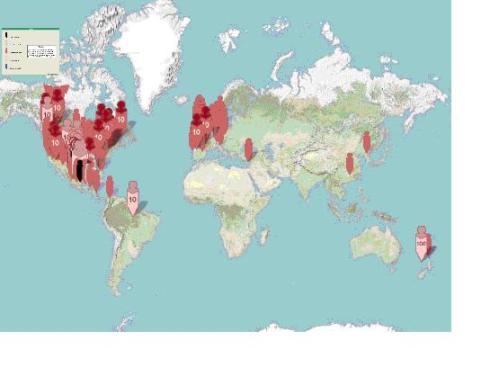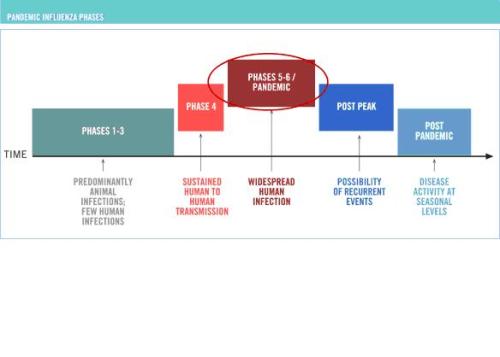
Those candidates who successfully pass the BCI Certificate are entitled to use the post-nominal credential of CBCI – they are not members of the Business Continuity Institute but are expected to uphold the Code of Practice and Ethics. CBCIs will have the opportunity to be placed on a register of those holding this credential (an annual fee is payable). They will also be invited to apply for professional membership of the Business Continuity Institute if they are able to demonstrate sufficient practical application of their knowledge. Professional membership grades include AMBCI, SBCI, and MBCI.
After successful payment, your information will be filled out towards the CBCI Application. This form requires basic demographic information, details about prior work history in Business Continuity Management, and the provision of 2 referees. A current resume is also required to submit the application.
Once submitted, an Education Consultant will contact you within 4 working days, usually sooner, to provide you an authorization to test letter, which will include a link for you to choose a venue date and time.
The examination (English language) consists of 120 multiple choice questions which the candidate will have 2 hours to complete.
What happens after the examination?
At the end of examination all candidates should receive an immediate confirmation notice that their answers have been submitted by for marking. This confirmation will show where results will be sent – please check this for accuracy.
Results should be available within 4 to 6 weeks after the examination and will be mailed to the address shown on the confirmation notice. Under no circumstances will scores or pass/fail information be released over the phone.
Email support@bccmanagement.com to help you book your exam.
OTTAWA OPERATION CENTER OC
MAILING ADDRESS
P.O BOX 42054
RPO ST LAURENT
OTTAWA, ON, K1K 4L8
CANADA
Tel: +1.800.961.7592
Fax: +1.613.248.5149
TORONTO HEAD OFFICE HO
4915 BATHURST STREET, UNIT # 209-338
TORONTO, ON, M2R 1X9
CANADA
Tel: +1.800.961.7592
Middle East Regional Office
P.O.Box 116-5108
Beirut -Lebanon
Tel: +961.7061.9274
Fax: +961.923.2406
ttp://lebanon.bccmanagement.com




 Courtesy of Google Maps (As of May 4 2009)
Courtesy of Google Maps (As of May 4 2009) WHO Pandemic Phases
WHO Pandemic Phases